Disclosure: This article contains affiliate links. We may earn a commission from purchases at no extra cost to you, which helps our travel content.
Standing at the intersection of Wangfujing Street, watching the neon lights reflect off gleaming glass facades while the scent of street food wafts from nearby hutongs, I'm reminded of the fascinating duality that defines Beijing's shopping landscape. As someone with Chinese heritage exploring my ancestral roots, I find Beijing's retail therapy options particularly compelling—a perfect microcosm of China itself, where ancient traditions and hypermodern innovations coexist in fascinating harmony. Whether you're hunting for authentic souvenirs, traditional remedies, luxury goods, or simply wanting to experience local commerce culture, Beijing offers a shopping ecosystem that satisfies both the pragmatic purchaser and the cultural explorer.
Traditional Markets: Where History and Commerce Converge
My fascination with traditional markets stems partly from childhood memories of my father describing the medicine markets of his youth. Beijing's traditional markets offer windows into cultural practices that have evolved over centuries, with Panjiayuan Antique Market standing as my personal favorite.
Spanning over 48,500 square meters, Panjiayuan hosts over 3,000 dealers selling everything from genuine antiques to convincing reproductions. During my last visit, I spent hours examining jade carvings, calligraphy brushes, and Cultural Revolution memorabilia. The market's organized chaos follows a logic: furniture and larger items occupy the north section, while the central area houses smaller collectibles.
For those interested in traditional Chinese medicine (TCM), Tongrentang on Dazhalan Street provides a fascinating glimpse into practices that have influenced my own understanding of dermatological approaches. The apothecary-style wooden drawers filled with herbs, minerals, and occasionally more exotic ingredients demonstrate the sophisticated classification system developed over millennia. I recommend bringing a small daypack that can expand to accommodate purchases while keeping your hands free for examining merchandise.
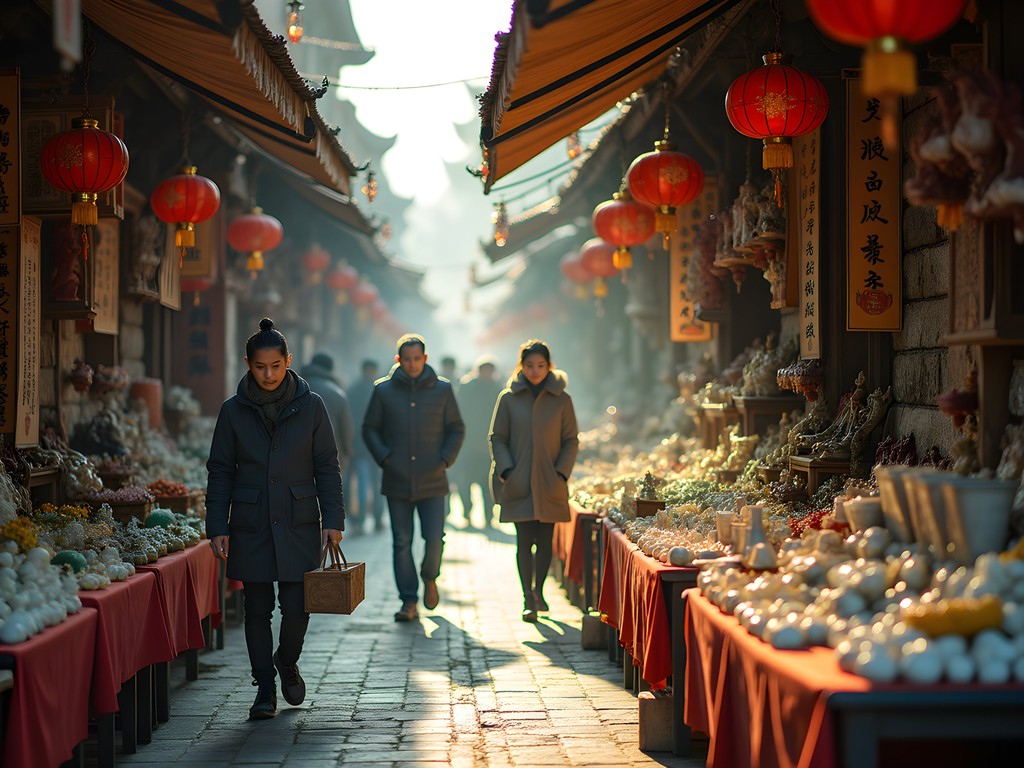
💡 Pro Tips
- Arrive at Panjiayuan early (6-7am) for the best selection and authentic interaction with serious dealers
- Bring cash in small denominations for easier bargaining
- Learn basic numbers in Mandarin for negotiating prices
Hutong Boutiques: Hidden Gems in Ancient Alleyways
Beijing's hutongs—the narrow alleyways that once formed the city's residential backbone—now house some of the most innovative boutiques and workshops in the capital. Nanluoguxiang and Wudaoying hutongs have transformed into creative hubs where traditional craftsmanship meets contemporary design.
During my exploration of Nanluoguxiang, I discovered Tea Voyage, where the proprietor explained the scientific properties of various tea cultivars with a precision that satisfied my analytical curiosity. The shop's collection of Yixing clay teapots demonstrates how porosity affects brewing chemistry—a fascinating intersection of artisanship and science.
Wudaoying Hutong, less touristed than Nanluoguxiang, houses Lost & Found, a boutique selling upcycled furniture and clothing that marries sustainability with traditional Chinese aesthetics. The owner, a former environmental scientist, creates pieces that honor historical design while addressing modern ecological concerns.
For serious shoppers planning extended hutong exploration, I recommend investing in a quality insulated water bottle to stay hydrated during long walks, especially during Beijing's hot summers or dry winters when climate control is essential for comfort.
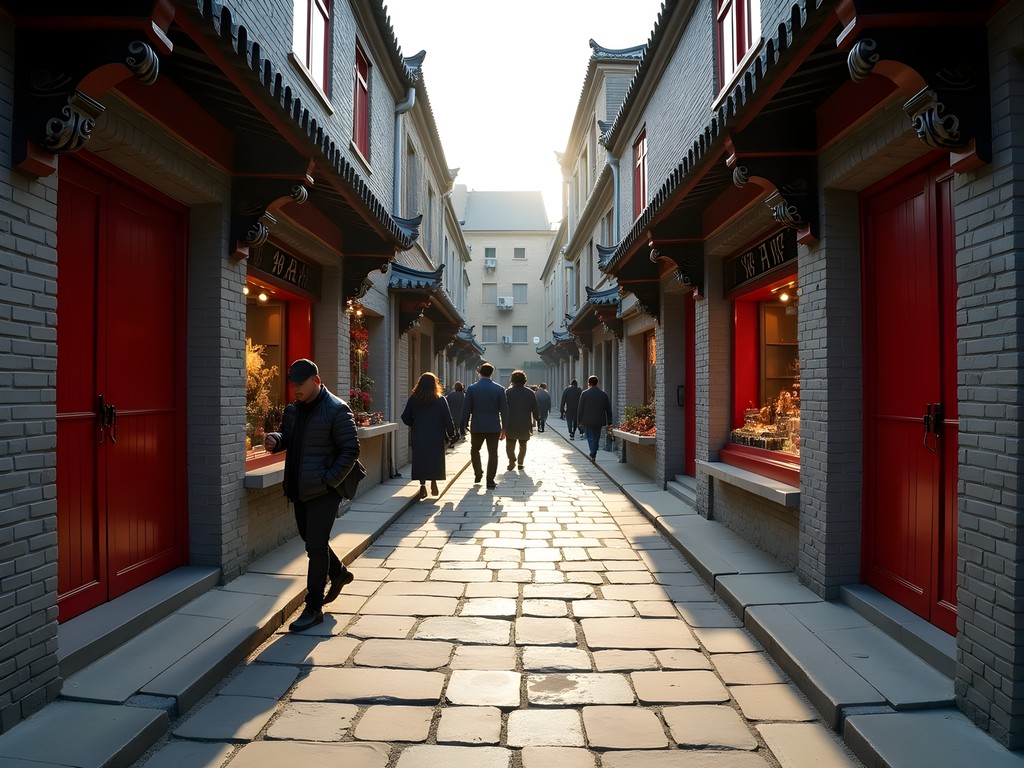
💡 Pro Tips
- Use map apps to navigate hutongs but be open to getting pleasantly lost
- Many boutiques are cash-only or use Chinese payment apps; bring sufficient cash
- Visit during weekdays to avoid weekend crowds
Modern Luxury Malls: Contemporary Consumption Cathedrals
Beijing's luxury malls represent China's rapid economic transformation and growing affluence. These climate-controlled environments offer respite from Beijing's sometimes challenging air quality while showcasing both international brands and emerging Chinese designers.
SKP Beijing stands as the epitome of luxury retail in China's capital, housing virtually every major global fashion house alongside carefully curated Chinese brands. During my visit, I was particularly impressed by the mall's integration of art installations and the scientific precision of its environmental controls—maintaining perfect temperature, humidity, and air quality throughout the massive structure.
For those interested in Chinese fashion innovation, I recommend visiting Taikoo Li Sanlitun, where established labels share space with experimental Chinese designers. The complex's open-air design creates a more relaxed atmosphere than traditional enclosed malls, though Beijing's seasonal temperature extremes can make indoor shopping more comfortable during peak summer and winter months.
When planning a full day of mall exploration, comfortable footwear is essential. I rely on my walking shoes which provide the perfect balance of support and breathability for extended indoor walking. For capturing the architectural details and design elements that make these spaces unique, a smartphone with quality camera with excellent low-light performance helps document the often dramatic interior lighting of these spaces.

💡 Pro Tips
- Visit SKP's basement food hall for an impressive array of international and Chinese cuisine options
- Check mall websites for seasonal promotions and events featuring designer appearances
- Major malls accept international credit cards and often offer tax refund services for tourists
Specialty Markets: TCM, Tea, and Technology
Beijing's specialty markets cater to specific interests, from traditional wellness to cutting-edge technology. As a dermatologist with a deep interest in the intersection of traditional practices and modern science, I find these specialized commercial zones particularly fascinating.
Hongqiao Pearl Market has evolved beyond its namesake to become a multi-floor emporium where you'll find everything from freshwater pearls to electronics. The pearl vendors on the upper floors can explain the biological formation of different pearl varieties with surprising scientific accuracy. For electronics enthusiasts, Zhongguancun Electronics Market offers cutting-edge technology, often available before international release.
Maliandao Tea Street represents my personal favorite specialty market—a one-kilometer stretch dedicated entirely to tea culture. Here, vendors not only sell hundreds of tea varieties but also explain cultivation methods, processing techniques, and brewing chemistry. During my last visit, I purchased a temperature-controlled electric kettle that allows precise temperature control for different tea varieties—essential for extracting optimal flavor compounds without releasing excessive tannins or destroying delicate aromatic molecules.
For those interested in Traditional Chinese Medicine, Tongrentang on Dazhalan Street offers a glimpse into China's ancient pharmacopeia. While I approach TCM with scientific skepticism, the systematic classification of natural compounds and their documented effects represents an impressive empirical tradition that occasionally yields insights relevant to modern dermatological practice.

💡 Pro Tips
- At Hongqiao Pearl Market, request a UV light test when purchasing pearls to verify authenticity
- Visit Maliandao Tea Street with a knowledgeable local to navigate the overwhelming variety
- Learn basic tea terminology in Mandarin to communicate specific preferences to vendors
Navigating Beijing's Shopping Scene: Practical Considerations
Successfully navigating Beijing's diverse retail landscape requires preparation and cultural understanding. Payment methods represent the first potential challenge—while major malls accept international credit cards, many smaller vendors and traditional markets operate on cash or Chinese payment platforms like WeChat Pay and Alipay.
Bargaining remains customary in markets and some smaller shops, though fixed pricing dominates department stores and boutiques. When negotiating, I've found that maintaining a respectful, good-humored approach yields the best results. Start by offering approximately 30-40% of the initial asking price and work toward a middle ground, always prepared to walk away if necessary.
Language barriers can present challenges, particularly in traditional markets. I recommend downloading a reliable translation app that works offline. For serious shoppers, a portable luggage scale helps avoid excess baggage fees when returning home with purchases.
Transportation between shopping destinations deserves consideration—Beijing's subway system provides efficient access to most major retail areas, though ride-hailing apps offer convenience for reaching more remote markets. For those planning extensive shopping, consider scheduling rest days between major excursions, as Beijing's scale and crowds can prove physically taxing even for experienced travelers.
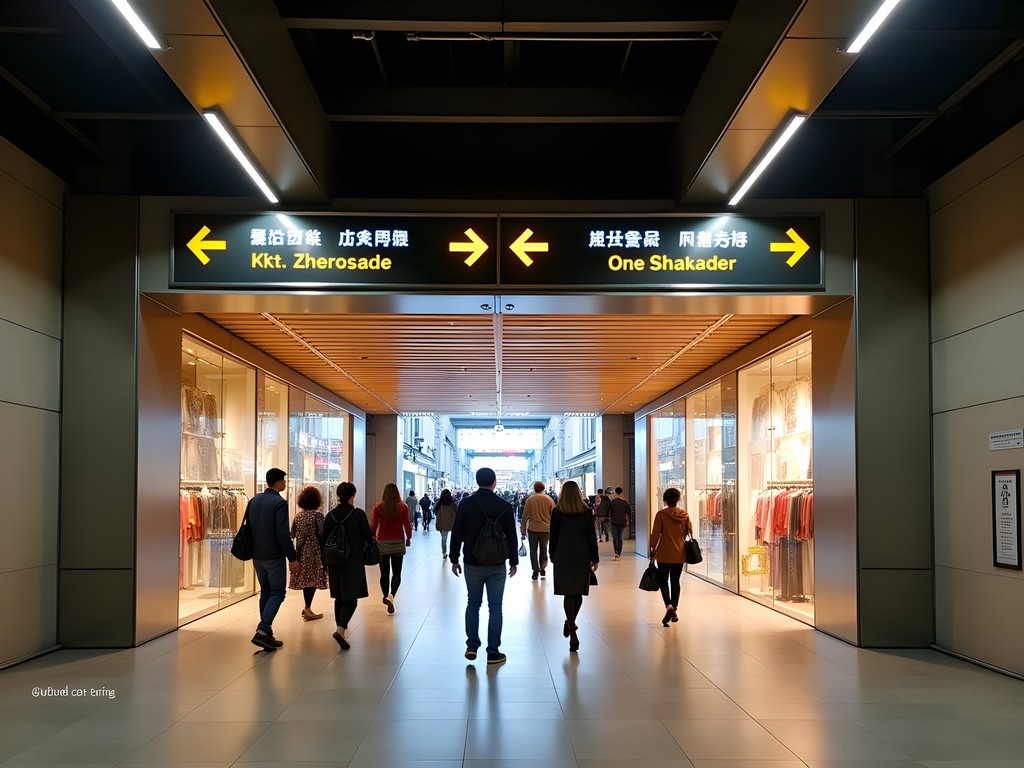
💡 Pro Tips
- Download both Didi (China's ride-hailing app) and Beijing Subway apps for efficient transportation between shopping destinations
- Bring a reusable shopping bag that folds into a compact pouch to avoid plastic bag usage
- Keep a photo of your hotel address in Chinese characters to show taxi drivers
Final Thoughts
As I conclude my exploration of Beijing's retail landscape, I'm struck by how shopping here transcends mere consumption to become a journey through China's past, present, and future. From examining jade carvings whose crafting techniques have remained unchanged for centuries to witnessing the ultramodern luxury experiences that reflect China's economic transformation, Beijing offers retail experiences that engage both mind and senses.
For visitors with Chinese heritage like myself, these experiences carry additional resonance—opportunities to reconnect with cultural traditions while witnessing their evolution in contemporary contexts. Yet Beijing's shopping scene offers something valuable for every traveler: authentic cultural exchanges, opportunities to support traditional craftsmanship, and windows into Chinese aesthetic sensibilities both ancient and modern.
As you plan your own Beijing shopping expedition, I encourage you to venture beyond your comfort zone—bargain at Panjiayuan, discuss tea chemistry with vendors at Maliandao, and appreciate the architectural ambition of spaces like SKP. In doing so, you'll discover that shopping in Beijing isn't just about acquiring objects but about engaging with a culture that has elevated commerce to an art form across thousands of years of continuous civilization.
✨ Key Takeaways
- Beijing's shopping scene spans from traditional markets to ultramodern luxury malls, offering experiences for every interest and budget
- Learning basic Mandarin phrases and understanding bargaining etiquette enhances the shopping experience in traditional markets
- Specialty markets dedicated to tea, traditional medicine, and technology provide deeper insights into specific aspects of Chinese culture
📋 Practical Information
Best Time to Visit
year-round, though spring (April-May) and fall (September-October) offer the most comfortable weather
Budget Estimate
$50-200 per day depending on shopping preferences
Recommended Duration
5-7 days
Difficulty Level
Beginner

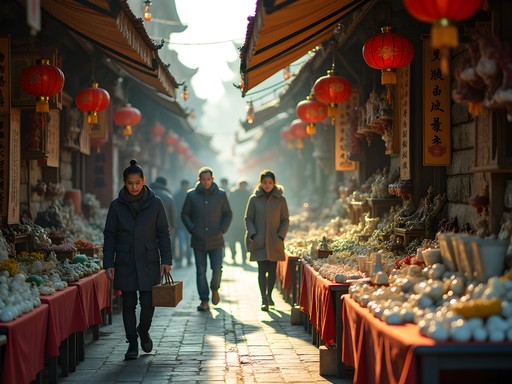
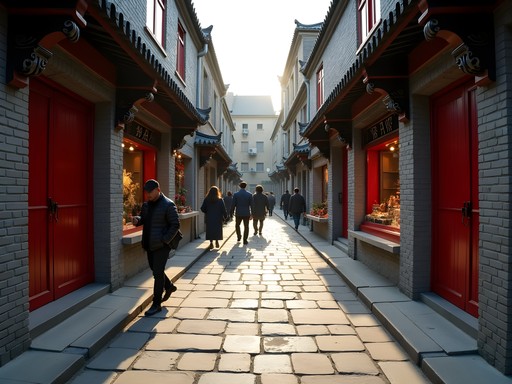
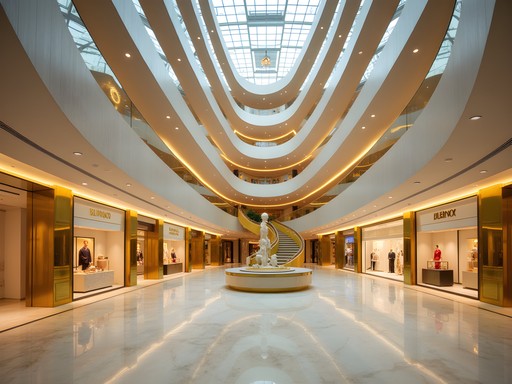




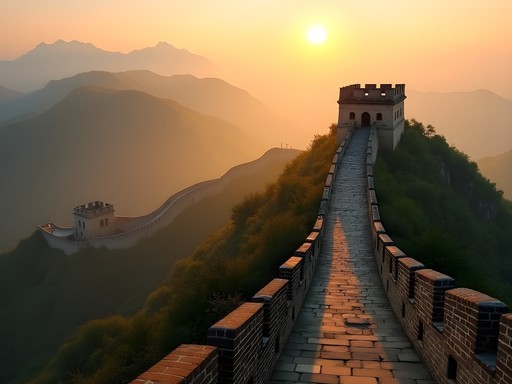

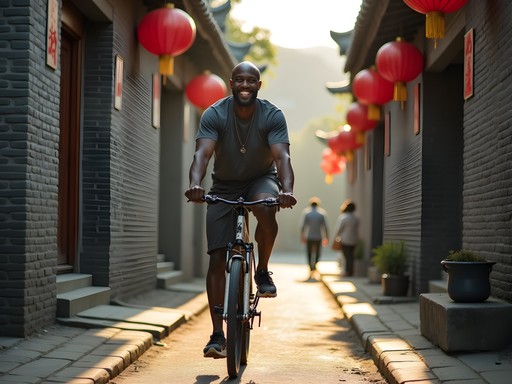
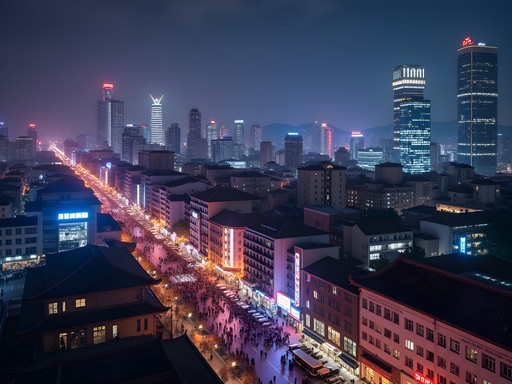


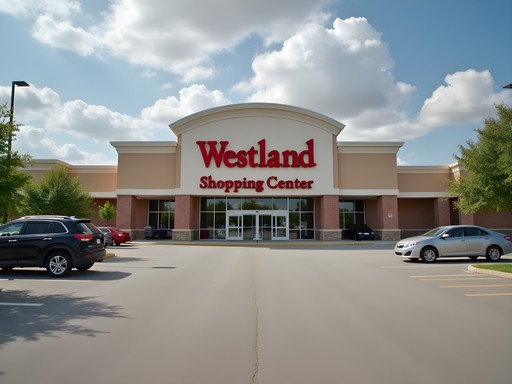

Comments
Amit Sullivan
Jonathan, your post took me right back to my first visit to Beijing in the late 90s, when Wangfujing was just beginning its transformation! What a journey it's been. For anyone reading this, let me add that the tea shops in Maliandao Tea Street are an experience not to be missed. I spent an entire afternoon there last spring with a tea master who walked me through proper brewing techniques for different varieties. The patience they have with foreigners is remarkable! One tip I'd add - if you're looking for authentic local design rather than just traditional crafts, check out the 798 Art District. The boutiques there showcase emerging Chinese designers doing fascinating work that blends traditional techniques with modern aesthetics. I found a stunning hand-embroidered jacket there that always gets comments back home in Wellington.
oceanninja
Has anyone been to the pearl market mentioned in the post? Worth visiting or tourist trap?
tripclimber
Went last year - definitely touristy but I got some nice pieces! Bring someone who knows pearls if possible. Lots of fakes mixed with real ones.
tripclimber
Those hutong boutiques sound amazing! Adding to my list!
wanderwalker
Great post! I'm heading to Beijing in November and I'm curious about the electronics markets mentioned. Are the prices for cameras and phones actually better than buying online? And are they authentic products or should I be cautious?
Amit Sullivan
I've shopped at the Zhongguancun Electronics Market several times over the years. The prices can be good, but you need to be careful. Stick to the larger, established shops with proper storefronts rather than the tiny booths. Always check that products are factory sealed, test everything before leaving, and ask for proper receipts. I've found genuine products there at 10-15% less than mall prices, but the real bargains are on accessories like cases, cables, and memory cards. I always bring my counterfeit detector pen when shopping there - works for checking suspect packaging too!
wanderwalker
Thanks for the detailed advice, Amit! I'll definitely check out Zhongguancun but stick to the reputable shops. Good tip about the accessories!
summerstar
Just got back from Beijing last month and this post is spot on! The Panjiayuan Antique Market was my absolute favorite - spent half a day there hunting for jade trinkets and old coins. Tip for anyone going: arrive EARLY (like 6am early) for the best selection, and don't be afraid to bargain hard. I started at 30% of their asking price and usually settled around 50%. The tea markets were amazing too - came back with so many varieties I can't even pronounce!
oceanninja
Did you find the vendors spoke English at Panjiayuan? I'm going in October and my Mandarin is basically nonexistent 😅
summerstar
Most vendors had very basic English - enough to negotiate prices! I used my phone calculator to show numbers and a translation app for specific questions. You'll be fine!
Casey Andersson
Jonathan, this guide is exactly what I needed! I'm heading to Beijing next month for a luxury shopping feature for my blog. The contrast between ancient markets and those gleaming SKP towers is what makes Beijing so fascinating. For anyone planning a trip, I'd add that the Liulichang Cultural Street is worth a visit if you're into traditional Chinese art supplies, antique books, and calligraphy. It's less crowded than some of the other markets mentioned. The shop owners there are often artists themselves and sometimes you can watch them work. Also, the Sanlitun area has evolved so much in recent years - beyond just shopping, the architecture of the buildings themselves is worth seeing. Perfect for Instagram!
starperson
Going to Beijing next month! How safe are the hutong boutiques for solo travelers? And are there any particular ones you'd recommend?
dreamseeker
Not Jonathan but I went solo last year and felt totally safe in the hutongs! Nanluoguxiang was my favorite - cute shops and great cafes.
coolwalker
Great write-up, Jonathan! I visited Beijing last year and completely agree about the contrast between traditional markets and modern malls. The Pearl Market was my favorite - got some amazing deals on silk scarves after some intense haggling! One tip for anyone heading there: the basement level of the Hongqiao Market has incredible tea shops where you can sample before buying. The vendors will brew different varieties right in front of you. Much better experience than the touristy tea houses.
starperson
Did you need cash for the markets or do they take cards/WeChat Pay?
coolwalker
Most vendors in the bigger markets now take WeChat Pay, but for the smaller stalls and better haggling, cash is still king! I'd recommend having both options.
dreamseeker
Those Panjiayuan Market photos are amazing! Definitely adding this to my bucket list.
Casey Andersson
Panjiayuan is incredible! I spent half a day there last spring and barely scratched the surface. Make sure to go early on weekends for the best selection!
dreamseeker
Thanks for the tip! How's the haggling there? I'm terrible at it 😅
Casey Andersson
Start at about 30% of their asking price and be prepared to walk away. They'll usually call you back with a better offer! I always carry a pocket translator which helps tremendously with negotiating.
springguy4865
Don't miss the tea markets! Maliandao Tea Street is less touristy than the ones mentioned in the post. Spent a whole afternoon there sampling different varieties and learning about brewing techniques. The shop owners are super passionate and most speak enough English to guide you through a tasting. Brought back some amazing pu-erh that I'm still enjoying months later. Just avoid the obvious tourist traps with the fancy ceremonies aimed at foreigners.
Venture X
Premium card with 2X miles, $300 travel credit, Priority Pass